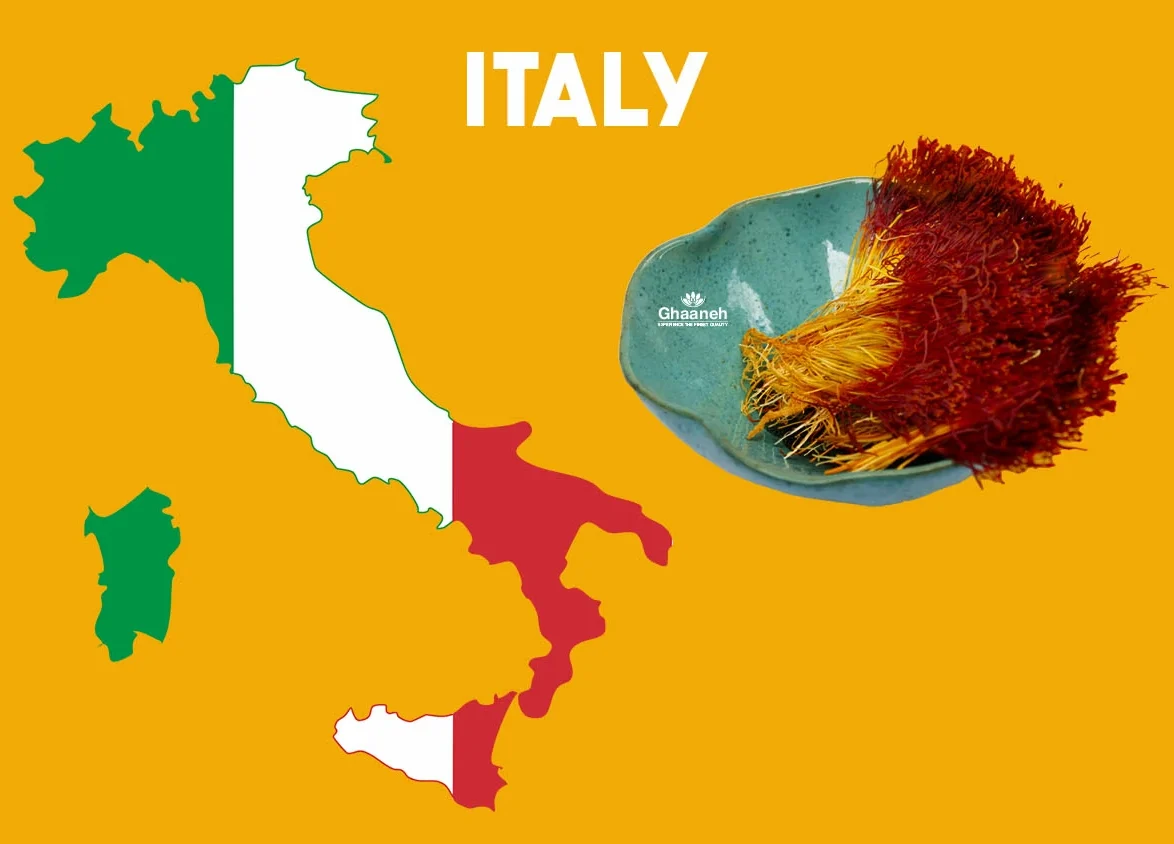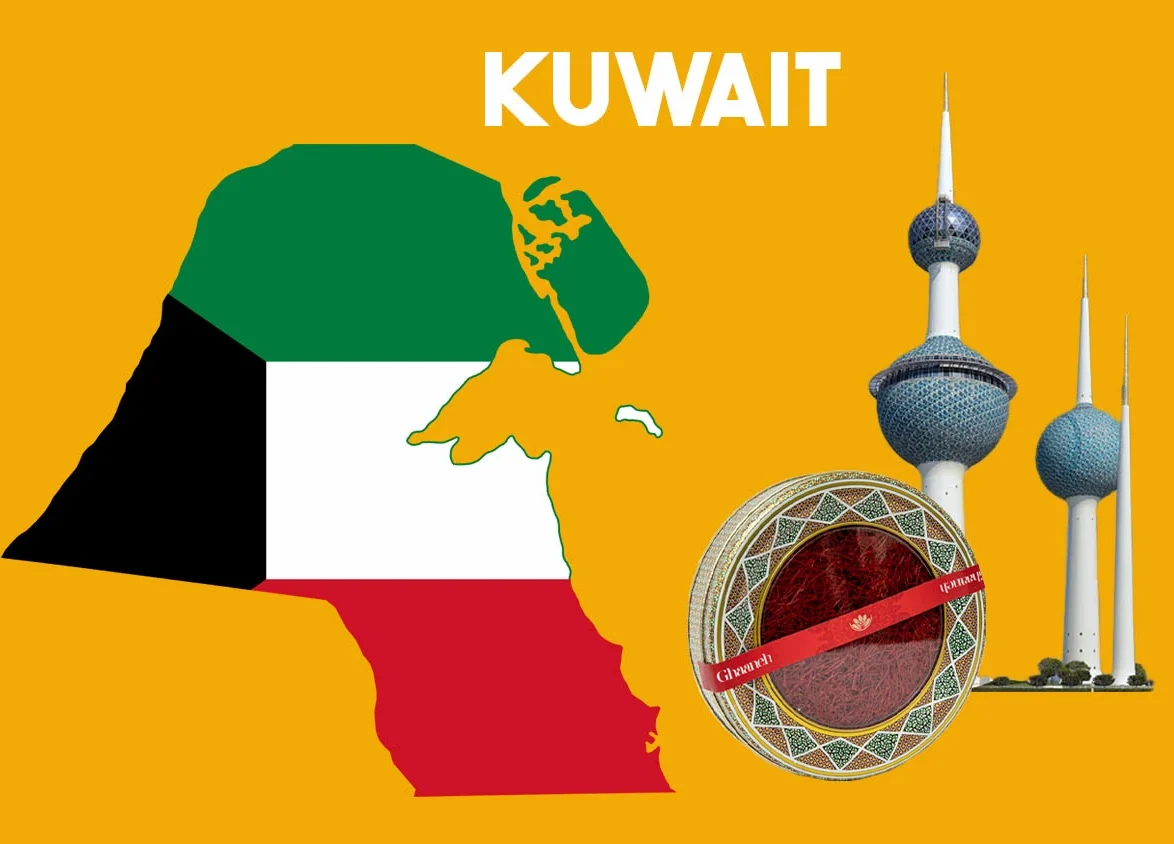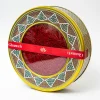Saffron is a valuable, susceptible plant that can yield only in certain climates. How to plant and harvest saffron is fairly difficult.
What we know as saffron are stigmas of the flower. Every flower contains only three stigmas. There are different ways of cultivating saffron : Industrial and traditional.
Some farmers say that the traditional planting of saffron, carried out by many farmers for centuries, is “not profitable and economical”. Nevertheless, the quality of saffron obtained from this method is much better than the quality of saffron yielded from other methods. Perhaps this is the reason why this method is still being used in many parts of the world.
Suitable climate for saffron cultivation
Those of you who are planning to plant saffron may have studied well in this field and prepared the best saffron bulbs, etc., but none of your plans may come to fruition if you don’t have the right climate to plant saffron. Saffron needs a subtropical climate i.e., hot and dry summers and winters with heavy rainfalls. Sometimes saffron can grow in cold weather, but to have the best possible saffron, we must have a subtropical climate, and the temperature required for saffron growth is 0 to 20 degrees.

This means that at temperatures below zero degrees or above 20 degrees, saffron bulbs grow less and as a result, your product will be less. Because each saffron flower produces three pistils, the smallest mistake in planting saffron can make the whole process of planting uneconomical. If you are not living in the required climate, but still insisting on your planting saffron, it is suggested that you use one of the methods of planting indoor flowers that is given below.
Suitable soil for planting saffron
Each plant needs a certain type of soil to have the best yield. In the case of saffron, this case is more specific than other cases due to the sensitivity of the saffron plant. The best soil for growing saffron is a combination of 40% silt, 40% granule, and 20% sand. This soil helps saffron to receive the air needed by their roots. This soil is called “Sandy loam” which is the best soil to plant saffron.

Time to plant saffron bulbs
The time of planting saffron may be different depending on the region where you live. The Saffron bulb has a dormant state and an active state. The best time to plant saffron is when saffron is in its “real” sleep which could be different times in various climates.
Anyway, the plantation it must be done before the beginning of autumn rains, so it is better to choose the time to plant saffron before mid-November and not postpone it until the 90th minute.
Saffron bulb irrigation
The planting of saffron every year should be done by the end of September. Irrigation conditions differ depending on the climate where you live, but in general, you need to start your irrigation in early November.
The first irrigation is an important issue in saffron planting as the flowering time of saffron is a corollary of the first watering. Therefore, it is better to divide your land into different parts and irrigate each part separately so that the flowering process of saffron does not happen at the same time.
Tillage in saffron land
After planting saffron, the next step is tillage in saffron land. Without tilling the soil, your saffron bulbs will grow very irregularly and the growth of your plant will be less and the yield of the product will also decrease. In this method, using an agriculture rotavator the topsoil is completely mixed with the bottom one. This process is very important for planting saffron, so don’t underestimate its importance.

What is saffron bulb?
You are probably familiar with plants that reproduce using their roots, but you don’t know that saffron is one of these plants.
A common misconception about saffron is that many people think that the saffron plant has seeds, which is completely wrong. The saffron bulb is a part of saffron that is planted in the soil.

They can give you saffron for several years and you don’t need to prepare new bulbs every year to have a crop. Another feature of saffron bulbs is that they can multiply, that is, if you have prepared two kilograms of saffron bulbs, the next year You can easily increase it to ten kilograms.
The best bulbs for cultivating saffron
Saffron bulbs are available in the market in three sizes, small, medium, and large. The best size to buy bulbs depends on your skills. If you want to plant saffron as an amateur and you are not sure whether to continue or not, big bulbs will be a better choice for you, but if you are a professional farmer, it is better to use small bulbs because their size will increase in the future by your constant care.
Saffron planting methods
Saffron planting methods classified into two categories: traditional and modern. The traditional method, which is thousands of years old and has been done since ancient times, and the modern method, which is at least 20 years old and includes greenhouse methods, aeroponics, etc.
Traditional planting methods of saffron
In this method, farmers use animal manure in such a way that they first enrich their soil with animal manure and then plant saffron bulbs. The time needed to plant saffron bulbs is different and may vary depending on the geographical region, but all experienced people agree on the time to plant saffron, that this time should be before the beginning of the autumn rains, i.e., early November. The time we recommend you plant saffron is from August to September.
The first irrigation is very important in planting saffron. Because 15 to 20 days after the first irrigation, the saffron plant starts giving purple flowers. If you have a few hectares of land and you have a limit on the number of workers, we suggest that you divide your land into several parts and then irrigate them so that the flowering time of all your land is not the same.
After the flowers have arrived several weeks, saffron flowers should be picked every day before nine o’clock in the morning when the flowers are open, so before starting the work, it is better to prepare yourself for the difficulty of the work. Saffron flowers are very sensitive flowers and the process of picking them is manual. So be sure to pay attention to the fact that, indeed, you will not have an easy task ahead of you, but the difficulty of the task will certainly be worth the final result. Traditionally, saffron cultivation is divided into several categories of row cultivation, ideal cultivation, saffron heap cultivation, and rosary cultivation.

The ideal cultivation
The ideal cultivation, which is done automatically and semi-automatically, is one of the best ways to cultivate saffron. In this method, Saffron are planted at a distance of twenty to thirty centimeters from each other. One of the advantages of this method is that due to maintaining the distance of saffron from one another, there is less competition for food and… between them. For this reason, it is one of the methods that we strongly recommend.
Harvesting in this method is much easier than other methods because the flowers are close to each other, so by choosing this method, you shoot them with an arrow. You can save your time and you will have much more yield than other crops.
Planting in rows
If you intend to plant saffron in a small area, planting in rows is undoubtedly one of the best methods that you can use. Note that if the depth of the hole is more than 20 cm, may lead to the frostbite of the bulb in the winter season, and this will decrease your crop; So, be cautious about calculating the size of the hole correctly. In this way, you can make sure that next year you will have large and fertile bulbs.

Planting in clumps
The old method of cultivation of saffron is planting in clumps. In this method, which is done with a shovel, you should dig holes 20 to 25 cm deep. Then, 3 to 15 bulbs are planted in each hole. The distance between holes should be about 15 to 20 cm and that between the rows should be 25 to 30 cm.

How to plant a saffron as a house flower
Chinese were who attempted to cultivate Saffron in the greenhouse for the first time, and this method spread very quickly throughout the world, and now most of the saffron coming out of China is planted in this way. If you have limited space and water, greenhouse cultivation is a recommended method.
In these methods, not only your need for fertilization and irrigation is much less than the traditional method, but also some reports are claiming that such a method of planting sometime could yield 10 times more.
The greenhouse method also has different types, which you can choose according to your needs. Greenhouse crops are divided into two categories: hydroponic and aeroponic, which we will examine separately in the following.

The hydroponic method in saffron cultivation
The hydroponic method or water planting is one of the methods of planting saffron in a greenhouse. In this method, saffron roots are kept in very humid air or non-soil moisture-retaining materials.
Since soil is not used in this method, the saffron root is usually suspended in the air. Therefore, we do not need many manual tasks such as plowing the land and fertilizing it.
The reduction of space that this method of planting saffron has is also very significant. In this method, much less space is consumed compared to traditional methods. So, this is a great method if you have limited space. In the hydroponic cultivation method, the amount of plant growth increases a lot.
The aeroponic method
In the aeroponic method of planting saffron, the roots of the plant are suspended in the air. Then, the nutrients required for the roots of saffron are added to it through a spray.
Among the advantages of this method, in addition to saving many costs, we can mention the small amount of area required. In this method, you can grow a much larger amount of Saffron in a very small area compared to home methods.
Last word
Saffron, which has world fame, is considered like gold in the world of spices. Maybe you are one of the people who are looking to start a new business or look at planting saffron as a hobby, but it doesn’t matter which category you belong to.
No matter which category you belong to, you can waste all your time and energy because of not knowing how to plant saffron. So, if you are planning to start planting saffron, do not take any of the above things lightly. Missing a small point can have many consequences for your product.












Pingback: Why is saffron so expensive : history of saffron – Queen Of Flowers
I never tried to plant crocus sativus, it really seemed overwhelming when i first looked into it. as i progressed and started reading about it, I stumbuled upon your article, very clean instructions and tips. thank you for making this expreince easy.